Women's Golf Clubs: How To Find The Right Clubs For Your Game
Here we give important insight into what you should be looking out for when finding the right women's clubs.
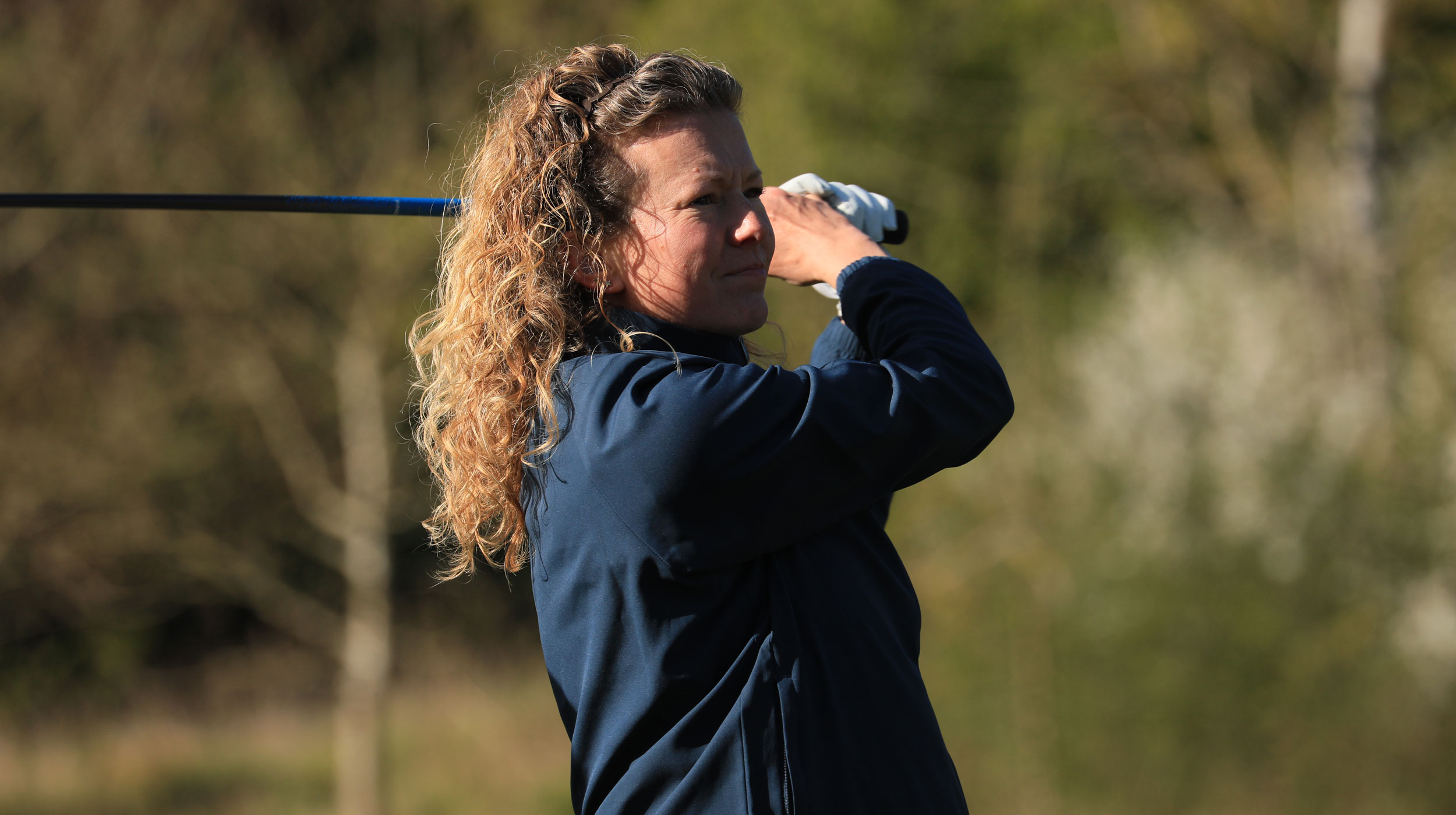

Women's Golf Clubs: How To Find The Right Clubs For Your Game
When women are considering new golf equipment it is really important that they get it right and buy golf clubs that complement their ability and suit their swing. Here is a guide to give you a better understanding of a golf club’s key components to help you make a purchase decision. Once you have given this a read, we recommend checking out our club specific buyers guides throughout this piece too so you can narrow your focus down even further.
Women's Golf Clubs: How To Find The Right Clubs For Your Game
Shaft
Women generally have slower swing speeds, so are better suited to clubs fitted with a soft flex graphite shaft. This lightweight material enables an effortless swing with increased clubhead speed, and subsequently more distance. Women with faster swing speeds should opt for stronger flex steel-shafted clubs for greater control. Shafts come in different lengths, but as a rule women’s golf clubs are on average almost 2” shorter than men’s clubs. A shaft that is too long will have a negative impact on control and accuracy.
Clubheads
Clubheads come in a variety of designs and colors, not only to suit a golfer’s ability, but also to offer pleasing and confidence-boosting aesthetics when players address the ball.
Drivers: Women’s drivers generally have a smaller and lighter clubhead than men’s drivers to help generate greater clubhead speed. Modern head shapes allow weights to be positioned for a low, deep centre of gravity to improve MOI, which makes the club ultra forgiving and less prone to twisting at impact. Some of the latest drivers (and fairway woods) have moveable weights to help dial-in a player’s preferred shot shape and trajectory.
Irons: Oversized cavity backed clubheads suit beginners and mid-high handicappers as the wider sole and a low centre of gravity make it easier to get the ball airborne with maximum forgiveness. However, this is at the expense of workability, so better players who strike their irons more consistently will veer towards traditional blade irons, or include a mix of both.
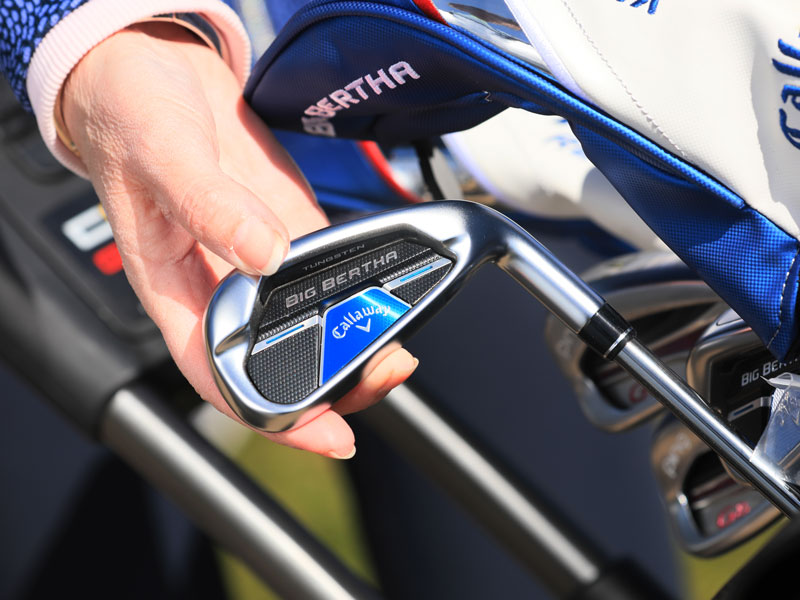
Hosel
The hosel is the component that connects the shaft to the clubhead and nowadays it is more common for a driver, fairway woods and hybrids to have an adjustable hosel that alters the loft and face angle. This technology allows women who have a tendency to slice or hook the ball, or require a different trajectory to maximise distance, the ability to tinker with the set-up of the club to suit their swing.
Get the Golf Monthly Newsletter
Subscribe to the Golf Monthly newsletter to stay up to date with all the latest tour news, equipment news, reviews, head-to-heads and buyer’s guides from our team of experienced experts.
Grip
Do not underestimate the importance of having the right size grip. If a grip is too small then you are likely to grip the club too tightly, causing tension to build in your arms and shoulders, which in turn prevents you from generating maximum clubhead speed.
It will also encourage too much hand action, forcing the clubface to close prematurely, resulting in a pulled or hooked shot. A grip that is too large has the opposite effect. With less hand action, this will encourage the clubhead to open at impact and exaggerate a slice. The easiest way to determine the size of your grip is to measure your hands. There are typically only four grip sizes to choose from and the undersized grip that measures less than 7” from the wrist crease is most common for women.
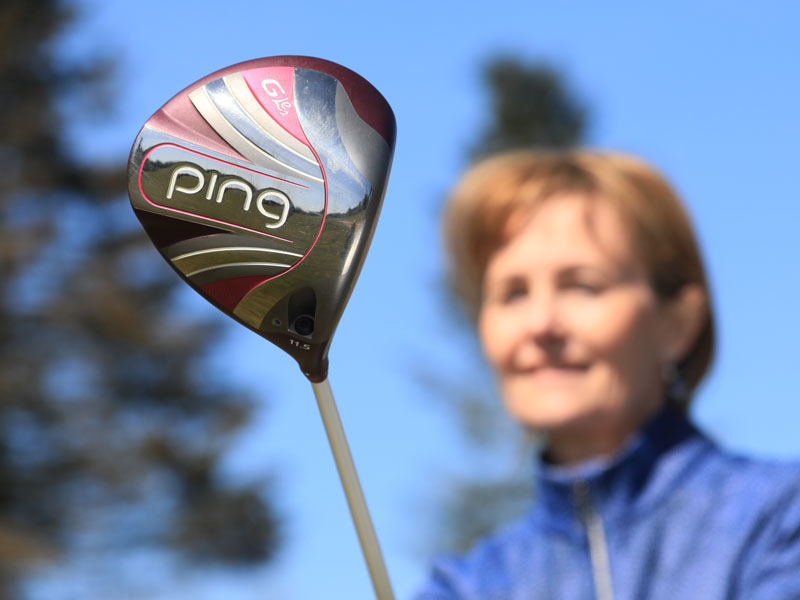
Loft
Each golf club has a different loft angle. To put simply, a club with a lower loft like a driver, will send the ball on a gentle climb with greater distance, whereas the ball will travel far steeper off the clubface of a pitching wedge.
Driver lofts vary between 8-14 degrees and a loft should be selected based on your clubhead speed. Most women’s drivers are designed with a higher loft between 11-12 degrees or more, to suit slower swing speeds (90mph and lower) for easy launch. Stronger players that can generate a faster clubhead speed (100mph and above) will suit a driver with a loft of 10 degrees or less.
Custom Fitting
Above all else and whatever your ability, a custom fitting session is strongly recommended. It is a misconception that the service, which is offered by a number of manufacturers, is just for elite players and professionals. For beginners, custom fitting should be considered as part of the learning process to boost confidence and help maximize potential.
Alison Root has over 25 years experience working in media and events, predominantly dedicated to golf, in particular the women’s game. Until 2020, for over a decade Alison edited Women & Golf magazine and website, and is now the full-time Women's Editor for Golf Monthly. Alison is a respected and leading voice in the women's game, overseeing content that communicates to active golfers from grassroots through to the professional scene, and developing collaborative relationships to widen Golf Monthly's female audience across all platforms to elevate women's golf to a new level. She is a 16-handicap golfer (should be better) and despite having had the fantastic opportunity to play some of the best golf courses around the world, Kingsbarns in Scotland is her favourite.
-
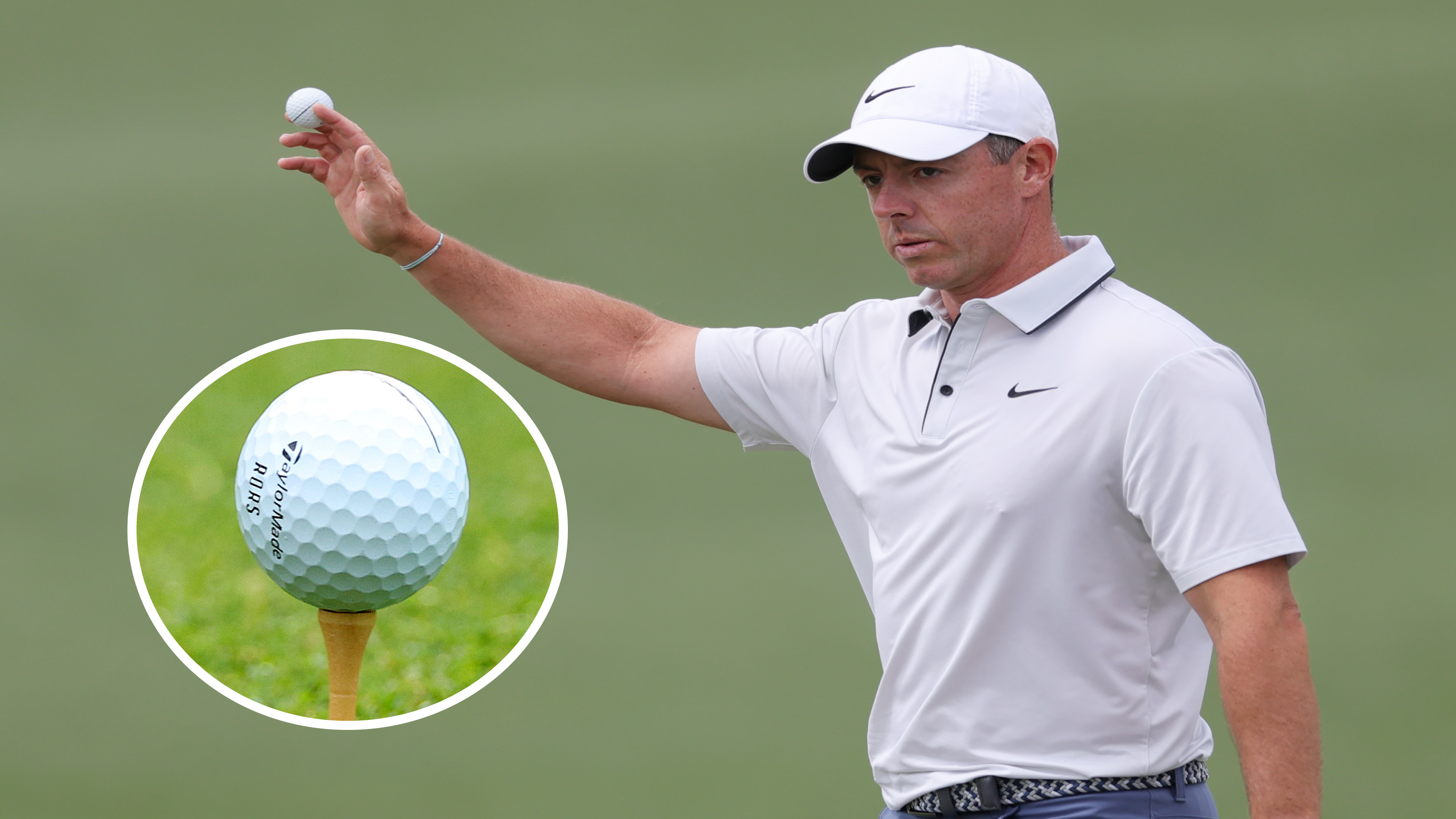 Could This 'Stumbled Upon' Equipment Switch Finally Land Rory McIlroy the Grand Slam?
Could This 'Stumbled Upon' Equipment Switch Finally Land Rory McIlroy the Grand Slam?Rory McIlroy made a golf ball change earlier this season that has reignited his wedge play and it could be about to pay off in the most dramatic possible way…
By Joe Ferguson Published
-
 The Masters Final Round: TV Coverage, Live Streams, Start Times As Rory McIlroy Battles Bryson DeChambeau And History
The Masters Final Round: TV Coverage, Live Streams, Start Times As Rory McIlroy Battles Bryson DeChambeau And HistoryAll the info on live streams, TV broadcasts, and free coverage of one of the most hotly anticipated final days of any Major as McIlroy battles with DeChambeau
By Patrick Fletcher Published
-
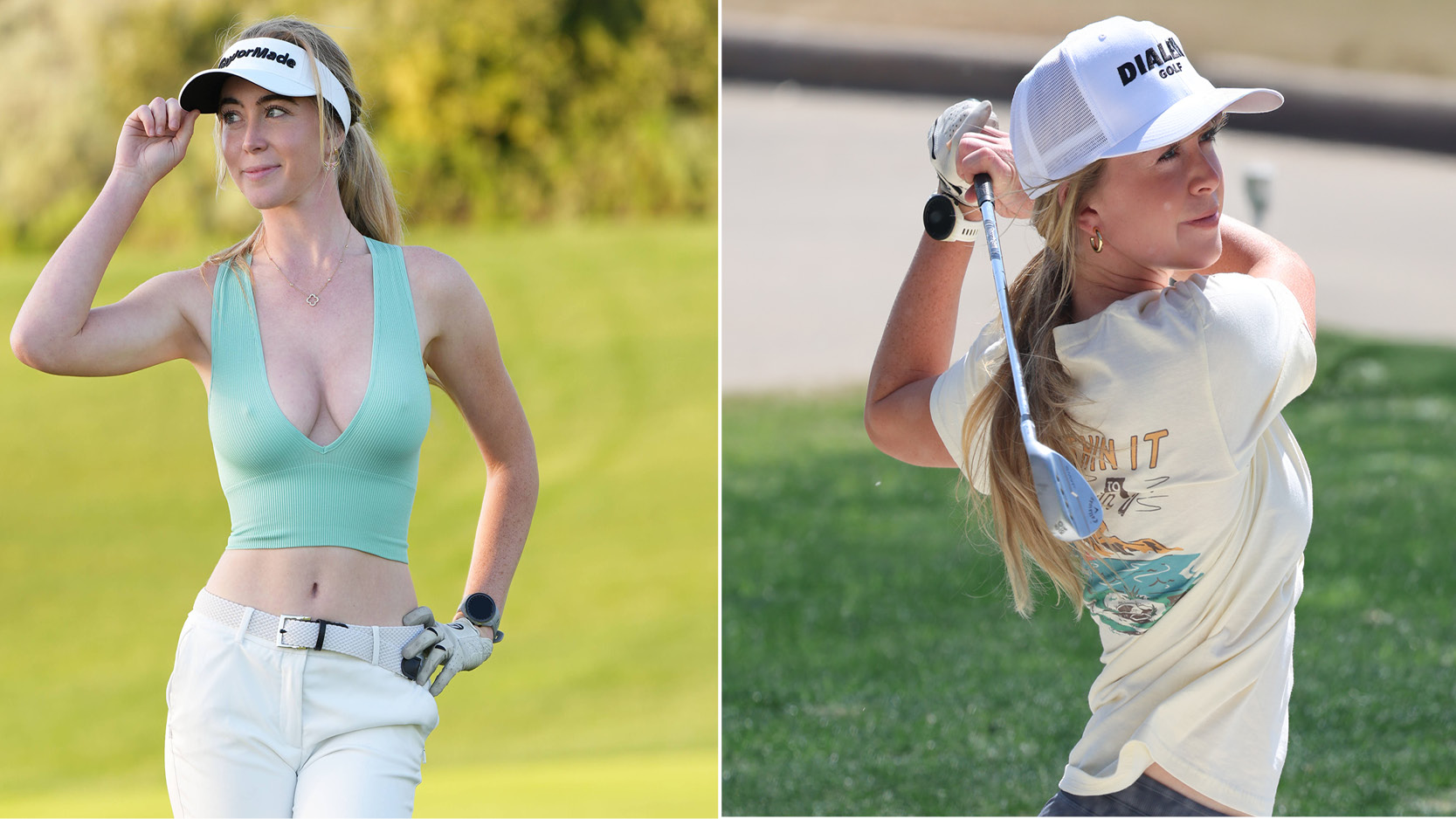 From Body-Baring To Dialed In: Grace Charis Redefines Golf Fashion
From Body-Baring To Dialed In: Grace Charis Redefines Golf FashionInfluential golf content creator Grace Charis launches new apparel brand
By Alison Root Published
-
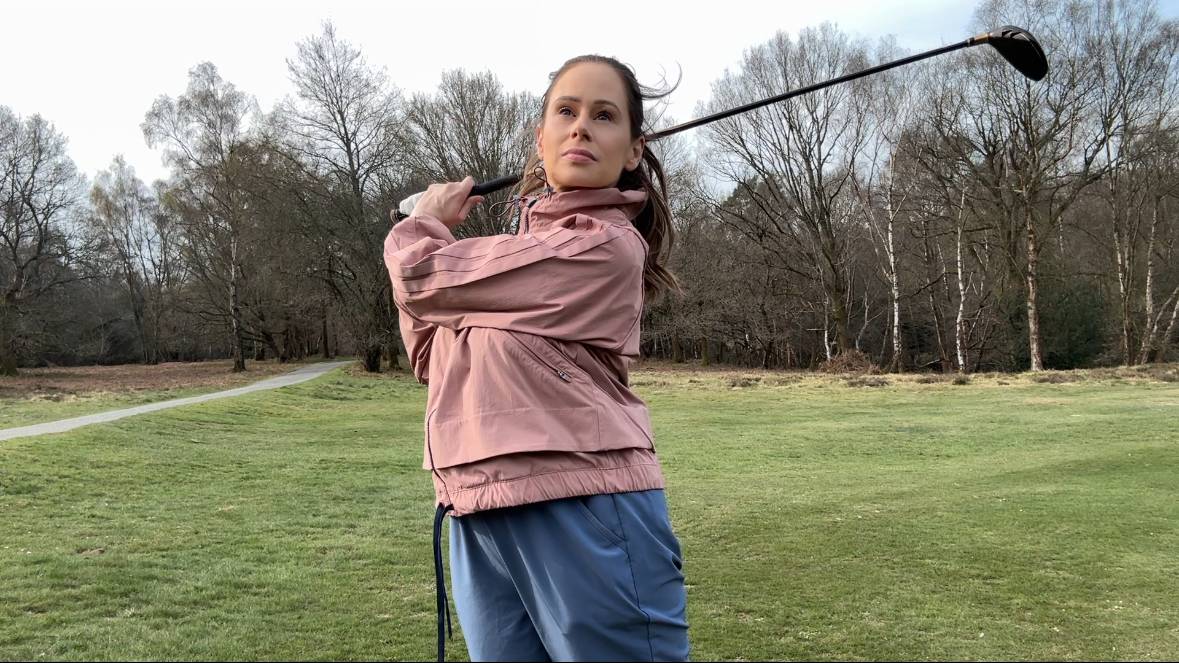 Golf Gave Me Confidence... Then Social Media's Toxic Culture Tried To Take It Away
Golf Gave Me Confidence... Then Social Media's Toxic Culture Tried To Take It AwayA young content creator's journey to own her golf game and her voice
By Katie Clarke Published
-
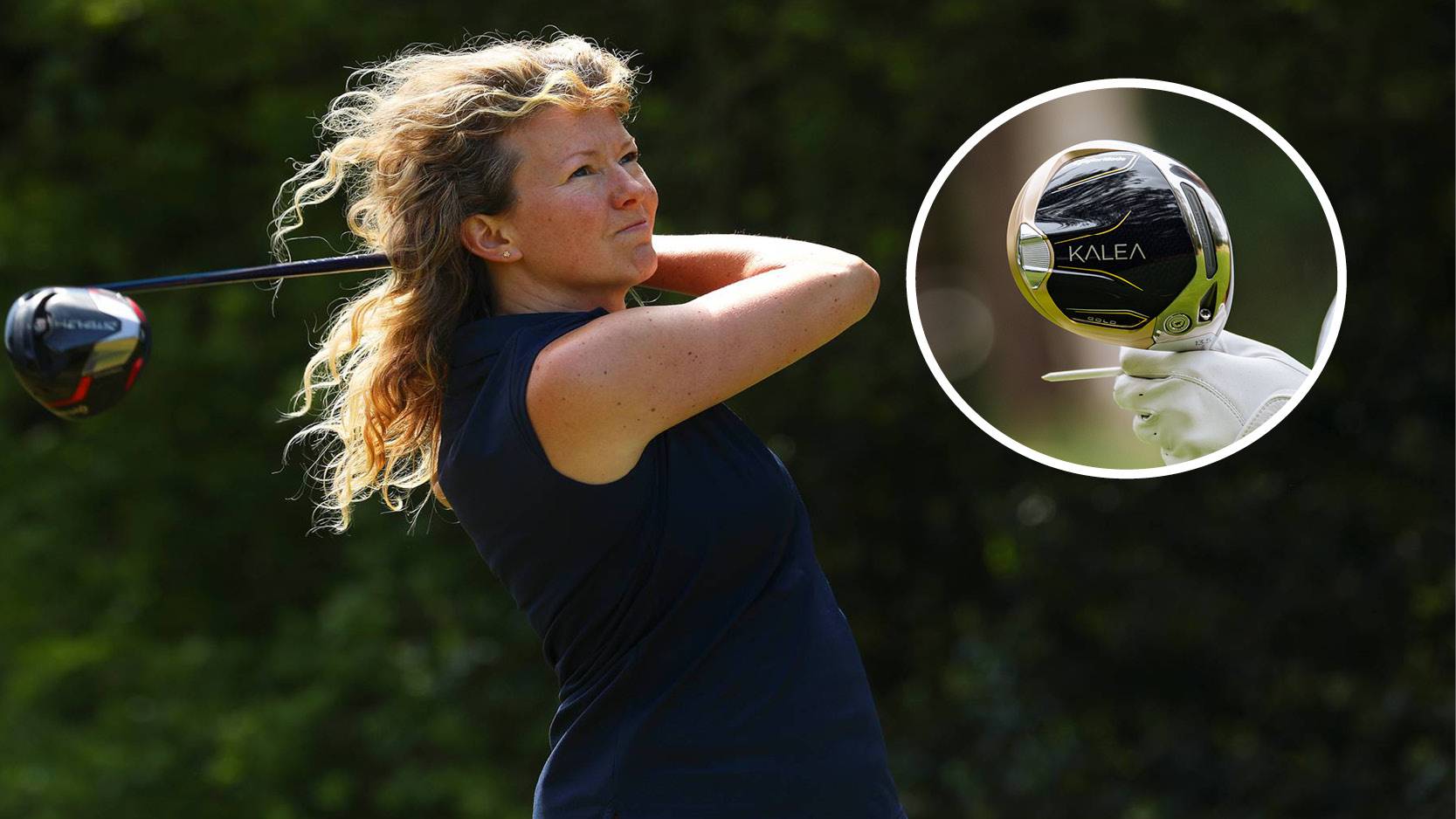 How Far Does The Average Female Club Golfer Hit Their Driver?
How Far Does The Average Female Club Golfer Hit Their Driver?We've looked at the data... Find out if you are hitting your driver an average distance
By Alison Root Published
-
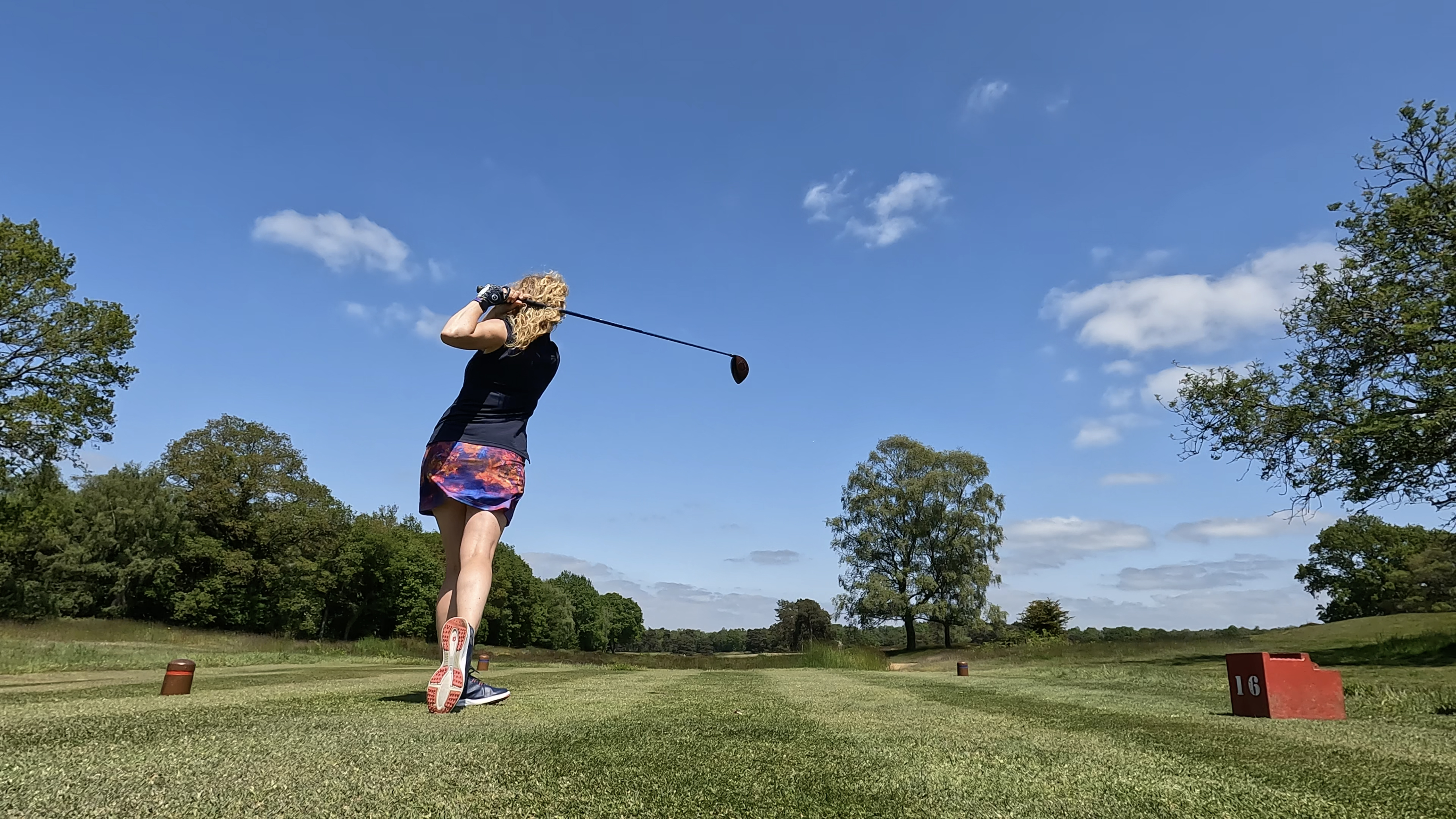 Tee Box Inequality: Why Aren't All Tees Rated For Women?
Tee Box Inequality: Why Aren't All Tees Rated For Women?Long-hitting female golfers are let down by tee ratings
By Katie Dawkins Published
-
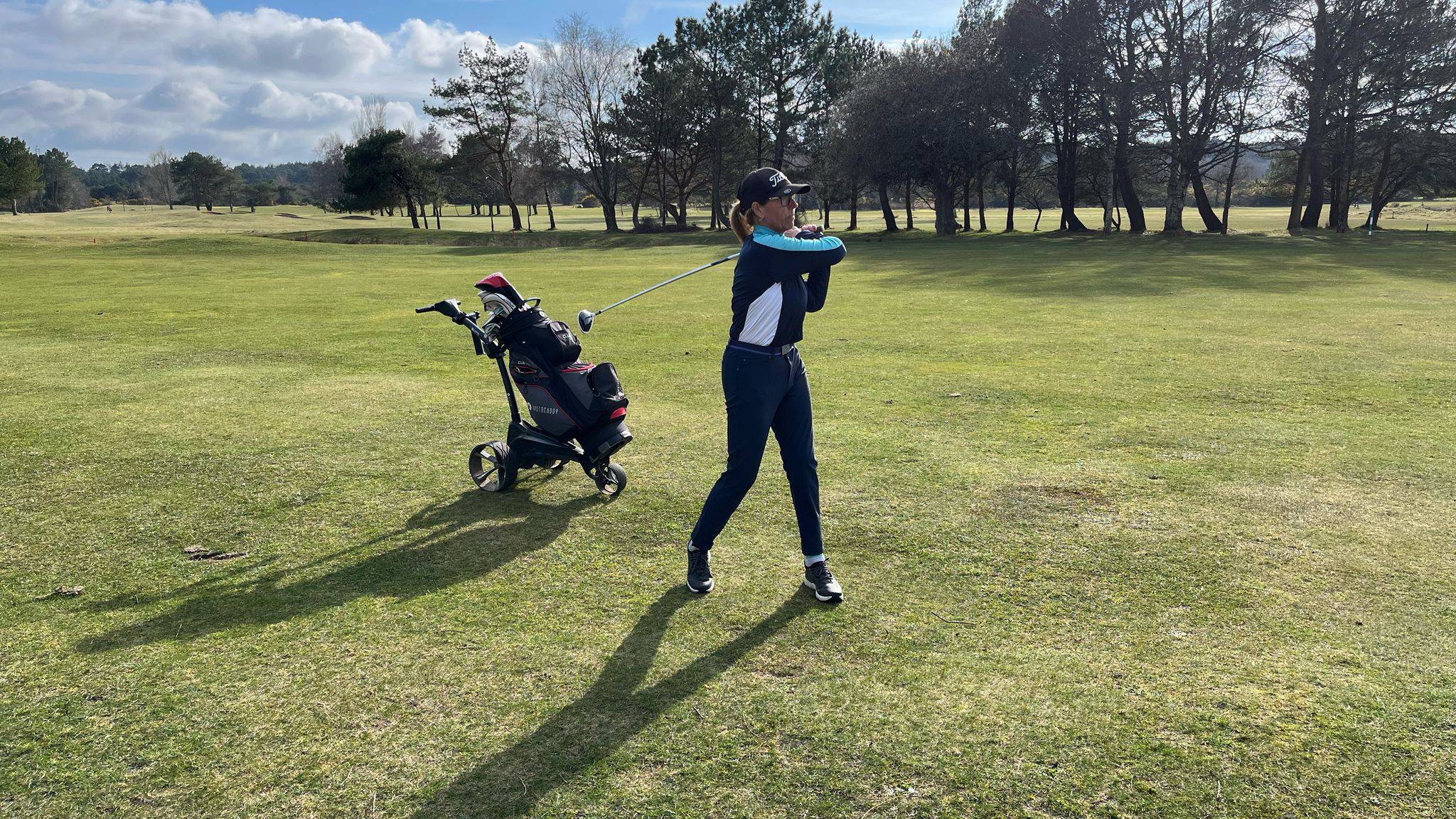 What I Learned From My First Golf Competition: The Unexpected Importance Of Preparation
What I Learned From My First Golf Competition: The Unexpected Importance Of PreparationPlaying in your first golf competition can be a daunting experience. Here are 5 tips to help you prepare for a stress-free round
By Carly Cummins Published
-
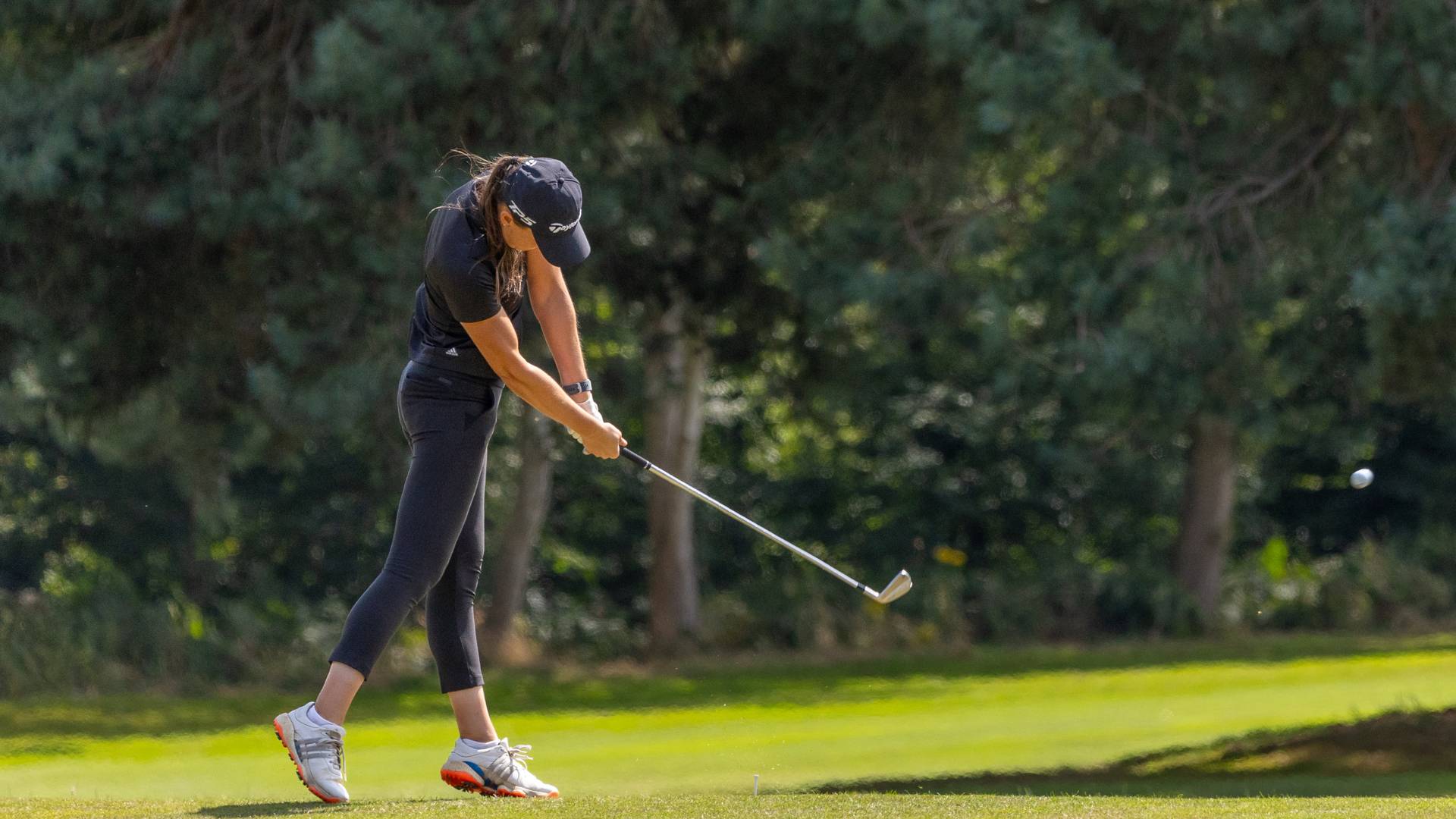 I've Always Struggled To Create That Solid, Compressed Strike... Until I Fixed These 5 Key Moves
I've Always Struggled To Create That Solid, Compressed Strike... Until I Fixed These 5 Key MovesSingle figure golfer Jess Ratcliffe on how she has fixed her swing puzzle to deliver crisp shots
By Jess Ratcliffe Published
-
 Fix These 7 Common Mistakes And You'll Be On The Path To Lower Scores
Fix These 7 Common Mistakes And You'll Be On The Path To Lower ScoresPGA Professional Emma Booth on how to fix the mistakes all high handicappers make
By Emma Booth Published
-
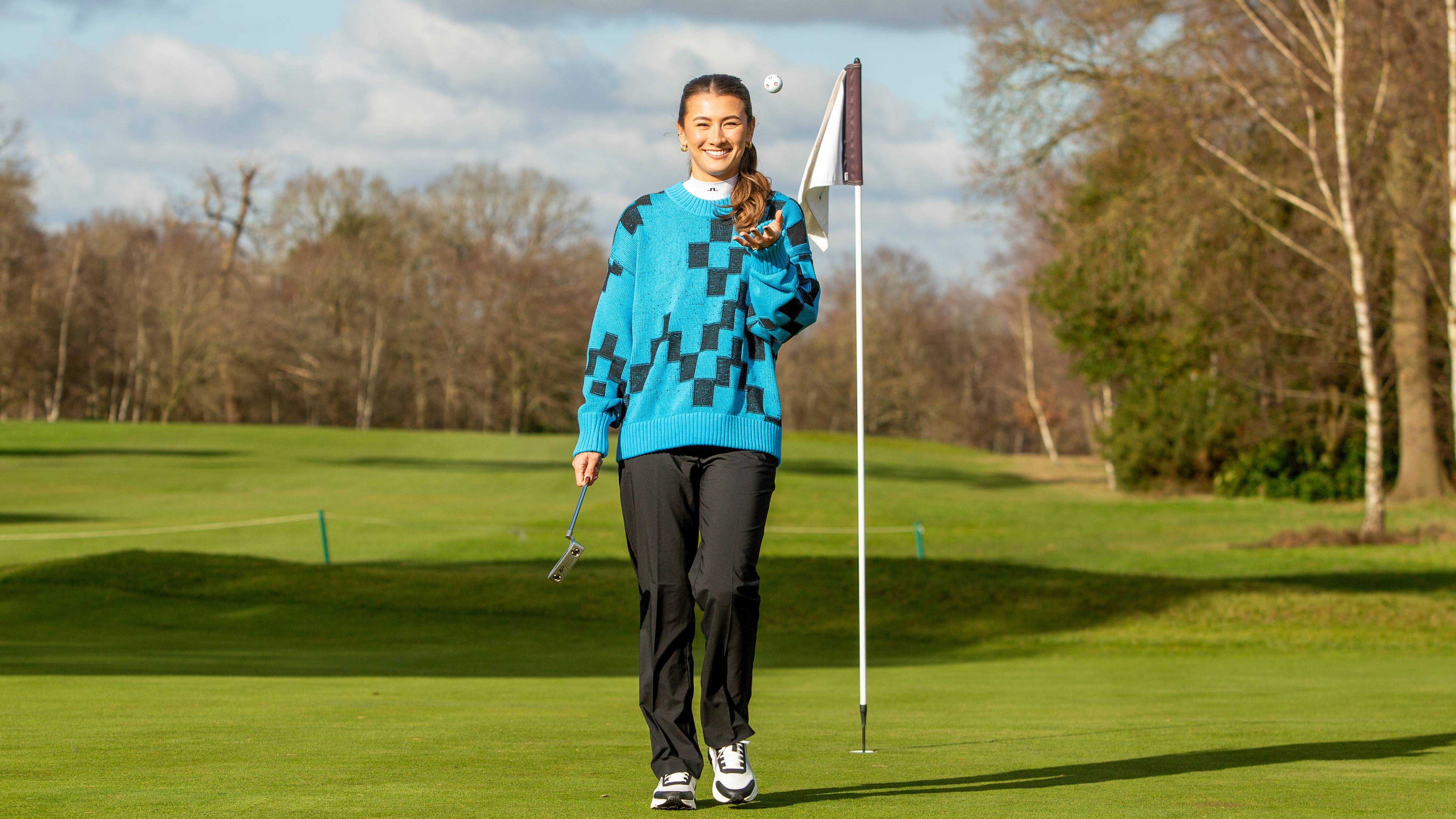 ‘It’s About Perception, Not Rules. Women Are Allowed To Wear A Lot More Than Men At Most Golf Courses’ - Mia Baker On Golf's Dress Code
‘It’s About Perception, Not Rules. Women Are Allowed To Wear A Lot More Than Men At Most Golf Courses’ - Mia Baker On Golf's Dress CodeContent creator and presenter Mia Baker on why changing mindsets is key to building a more inclusive golf community
By Alison Root Published